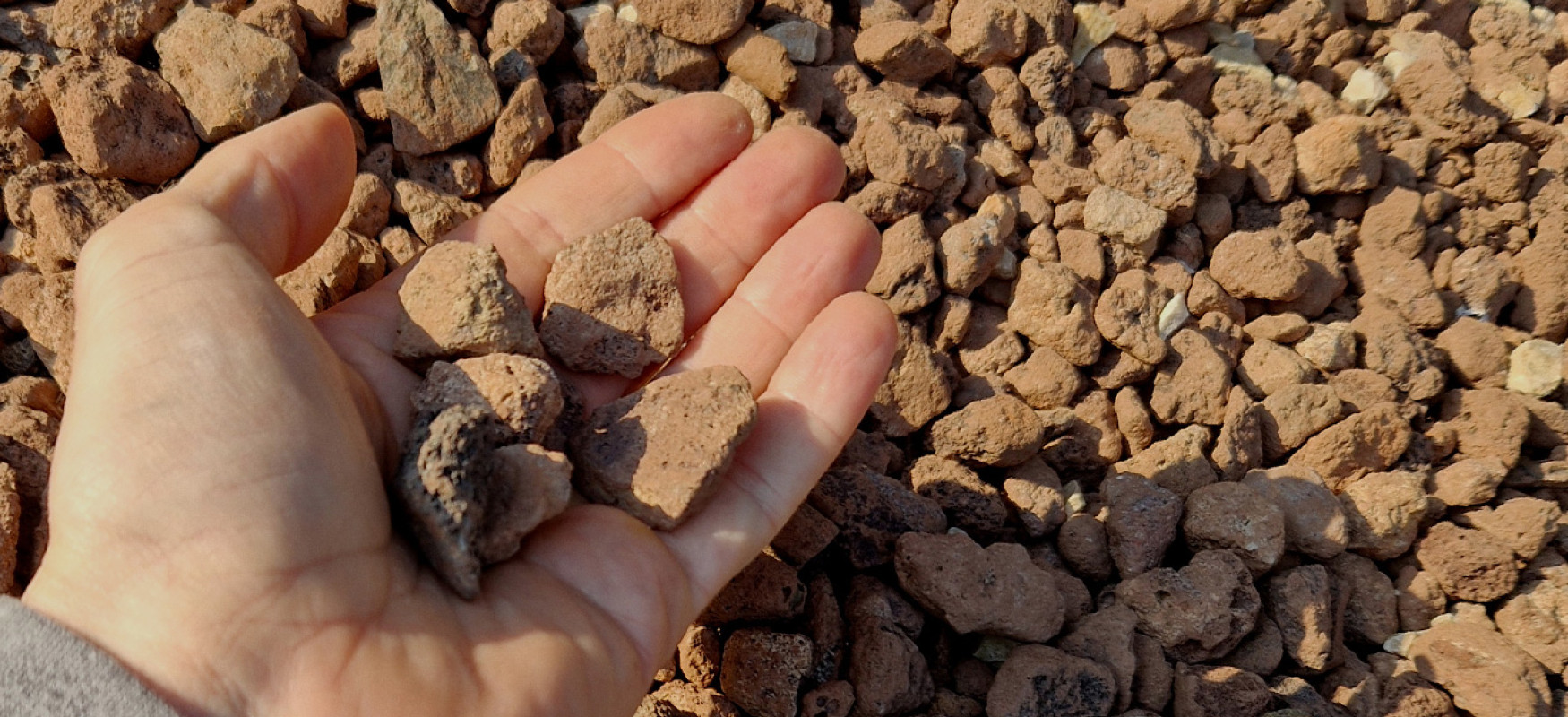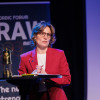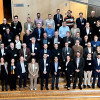Carbon-neutral future increases the demand for minerals and metals and calls for a sustainable, resilient value chain and supply. Also, EU with its Critical Raw Materials Act emphasizes this. The effective utilisation of circular economy has its place in the value chain. To highlight this, Nordic Sustainable Minerals project launches a revised (new?) value chain visualisation that realistically visualises the mapping and exploration as well as size of the side streams and their potential as raw materials.
The metals and minerals value chain is important to understand to make it as sustainable as possible. The timeline of the value chain is long and the time from one step to another also varies. For example, the first part of the value chain takes a long time. From exploration phase to mining typically takes around 25 years.
Only a small number of explored deposits will become a mine
The first point the visualisation highlights is that only small number of the mapped and explored deposits goes forward to the mining phase. The rest of the deposits found and studied will become part of the national stock of deposits in the databases of geological surveys. They serve the future generations’ endeavors to find metals and minerals for their needs.
In the mining and processing phases, the side streams of leftover material are significant. The amount varies a lot. It depends on how rich the deposit is and what is the metal or mineral that is being extracted.

The amount of leftover material is significant but has potential
The leftover material from all the phases, can partly be used and reused and there are many unexplored possibilities in them. Also, EU puts pressure to recycling. The Critical Raw Materials Act claims that 25% of the used critical raw materials should come from recycled materials.
The first step is to design the ongoing or future mining and processing in a such a manner that the reuse of the leftover material is thought of. If a mining company is looking for one metal or mineral, there can be other usable elements in the deposit too. The leftover material will be documented for the future reuse and are entered into databases. Large portions of the leftover material can be re-used in infrastructure or construction material.
The old secondary raw material sites might have critical raw materials in them. Therefore, they need to be studied and mapped. The true potential of these sites is under research in the Nordic Countries partly in the Nordic Sustainable Minerals Project and in national projects.
The visualisation is part of initiatives for more resilient and sustainable Nordic region
The visualisation was made in Sustainable Minerals Communications Project funded by Nordic Innovation. The project is coordinated by Geological Survey of Finland (GTK). The other co-operating partners are Geological Survey of Denmark and Greenland, Geological Survey of Norway and Geological Survey of Sweden.
The project is part of the eight initiatives launched by the five Nordic Ministers of Trade and Industry, which represent a solid move towards a more resilient and sustainable Nordic region. It will support the strive to position Nordics as the frontrunners within global sustainable mineral production.






